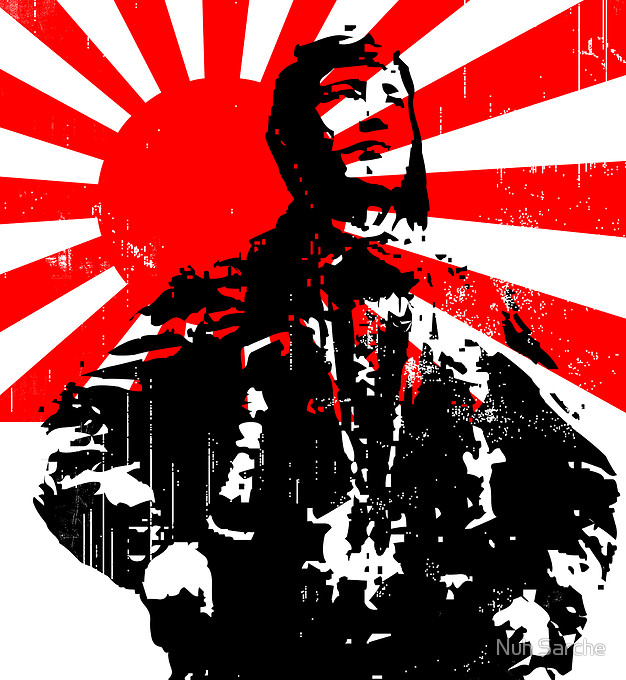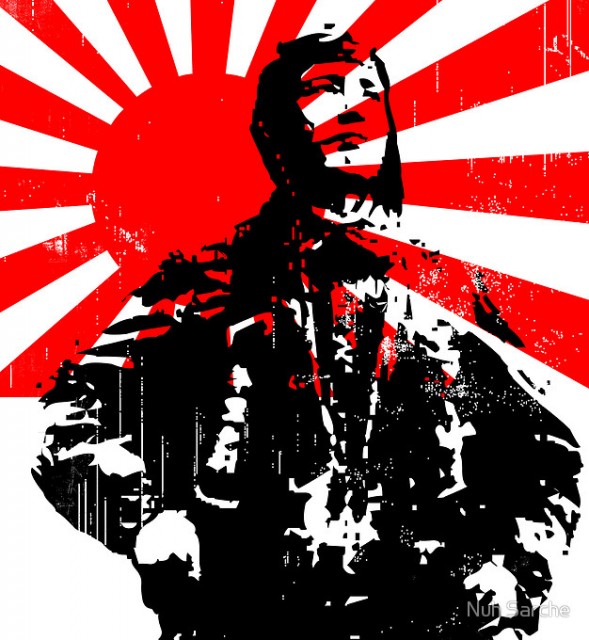Japan has the desire to immortalize their kamikaze pilots–these pilots were young men who intentional crashed their aircraft into Allied ships during the Second World War by. Japan will be seeking Unesco World Heritage status for a collection of the letters the pilots had written. Rupert Wingfield-Hayes met with the former pilot who built the collection, in honor of his fallen comrades.
“Kamikaze” is a word that has become synonymous with all things that are crazy, fanatical, and self-destructive. BBC News interviewed a former kamikaze pilot, Tadamasa Itatsu, and asked the question, “What would cause thousands of ordinary young Japanese men to volunteer to kill themselves.”
In March 1945, Mr. Itatsu was a 19 year old pilot. Hundreds of American and British battleships and aircraft carriers were heading toward Okinawa. One of his commanding officers asked Mr. Itatsu to volunteer for one of Japan’s infamous “special attack” squads.
“If Okinawa was invaded, then the American planes would be able to use it as a base to attack the main islands of Japan.” He tells me: “So we young people had to prevent that. In March 1945 it was a normal thing to be a kamikaze pilot. All of us who were asked to volunteer did so.”
Inside Mr. Itatsu’s home is a shrine to his fallen comrades. The walls were covered in photographs of young men in flying suits. One point that Mr. Itatsu made clear during the interview was that the men of these “special attack” squads were not fanatics—they believed their actions could save their country from disaster.
“Common sense says you only have one life,” he says, “so why would you want to give it away? Why would you be happy to do that? But at that time everyone I knew, they all wanted to volunteer. We needed to be warriors to stop the invasion from coming. Our minds were set. We had no doubt about it.”
Mr. Itatsu did not die. On his way to his target, his engine failed and he was forced to ditch in the sea. He returned to his unit, but before he could try again, the war had ended.
Many years after the incident, he kept his story a secret. He had been ashamed that he survived and often times thought about committing suicide, although he said he didn’t have the courage to do so.
In the 70s, he began to search for the families of his deceased comrades. He asked them for letters and photographs from the dead pilots. His collection became the center of what is now known as the Kamikaze letters.
From a collection of long cardboard tubes, Mr. Itatsu pulled out thin pieces of paper covered in black calligraphy. He carefully unrolls one and reads aloud:
“Dear mother, my one regret is I could not do more for you before I die. But to die as a fighter for the emperor is an honor. Please do not feel sad.”
A lot of the letters read this way. They seem to confirm the view of a whole generation of Japanese men who were brainwashed in to self-abnegation and blind obedience to the Emperor.
There are other letters, which show a minority of kamikaze pilots who did not follow the propaganda, and even some to reject Japan’s cause.
One of the extraordinary letters comes from a young lieutenant, Ryoji Uehara.
“Tomorrow, one who believes in democracy will leave this world,” he wrote. “He may look lonely but his heart is filled with satisfaction. Fascist Italy and Nazi Germany have been defeated. Authoritarianism is like building a house with broken stones.”
One may wonder why the world should make the Kamikaze letters the World Heritage status.
Mr. Itatsu thinks they should. He has described the letters to being a “treasure to be passed down to future generations.” Although even today with the benefit of 70 years hindsight, Mr. Itatsu is unreflective about the ordeal.
“I never look back with regret,” he says, “The people who died did so willingly. I thought at the time it was really bad luck to survive. I really wanted to die with them. Instead, I have to concentrate my efforts to maintain their memory.”
Japan has immense problems with its memory of the war. Prominent politicians and media figures still frequently espouse absurd revisionist versions of history – which Japan never started the war, which the Nanjing Massacre never happened, that tens of thousands of comfort women “volunteered” to become sex slaves for the Japanese military.
The massive bombing of Japanese cities at the end of the war, and in particular the atomic attacks on Hiroshima and Nagasaki, has allowed the construction of a narrative of victimization. Japan is the only country to have suffered an atomic attack. The firebombing of Tokyo, in one night, killed at least 100,000 civilians. But when talking about these horrors, what is often forgotten or omitted is how it all began.
Likewise, the desire to remember the terrible sacrifice made by the young kamikaze pilots is understandable. What often appears to be missing is that question: “How did we get here?”

